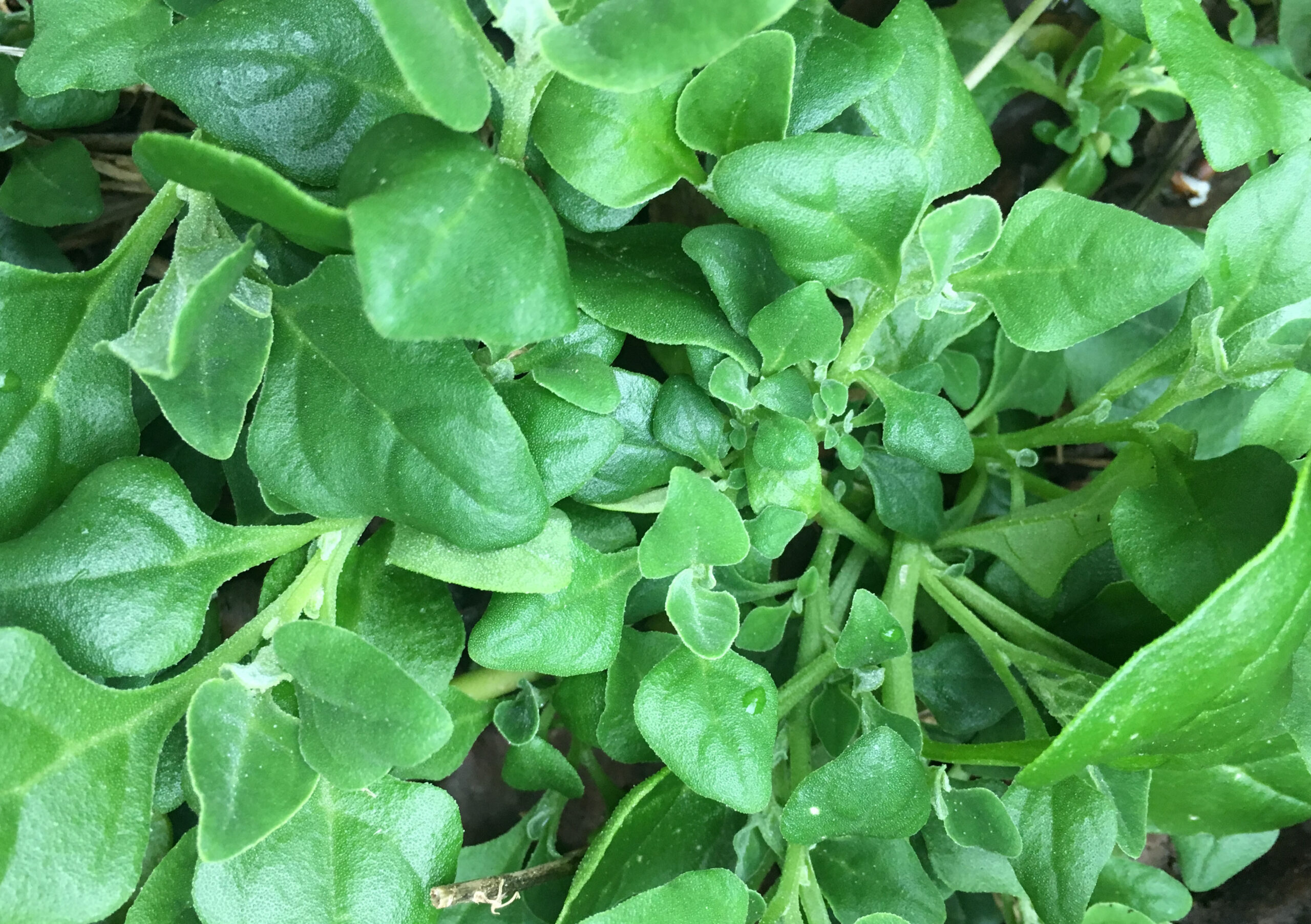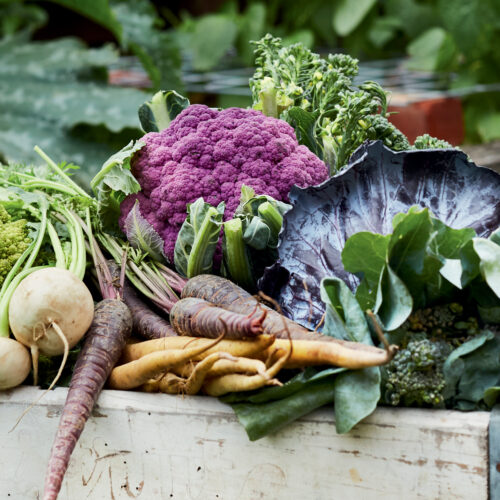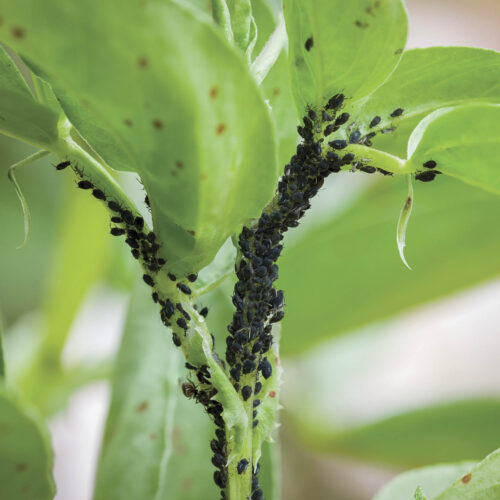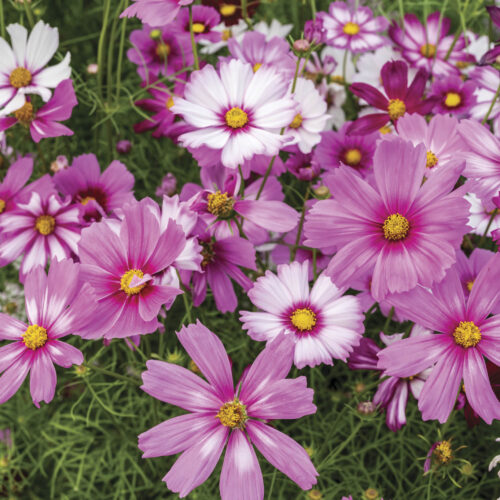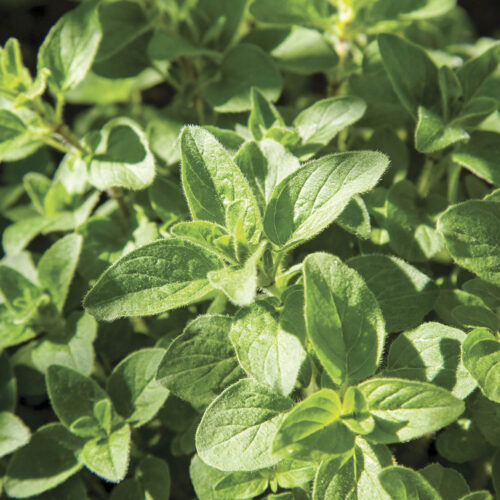Introduction to warrigal greens
2021-04-12T06:31:44+10:00
Warrigal greens are one of the easiest and most rewarding native food plants to grow.
Warrigal greens, Tetragonia tetragonioides, are known for their edible leaves and unique seeds. My teacher Minmia says the name comes from the Wiradjuri word for dog, as the seeds resemble puppies’ heads. The botanical name Tetragonia refers to the ten-sided woody seeds. Also known as New Zealand Spinach, this plant is native to New Zealand and parts of eastern Asia. As a member of the ice plant or Aizoaceae family, warrigal greens are an edible succulent.
How to Grow Warrigal Greens
Warrigal greens, native to the coastal areas of Southern Australia, are among the easiest and most rewarding native food plants to grow. Here are some key points:
Plant Characteristics:
- Tolerance: Tolerant of wind, exposure, and various soil types.
- Growth: Grows quickly to 2 meters across and around 30 cm high.
- Frost: Not particularly frost tolerant.
- Habitat: Thrives as a ground cover in full sun or light shade, making it excellent living mulch.
Growing Tips:
- Permaculture: Use under shallow-rooted trees like citrus and avocados, as warrigal greens have a small root system.
- Containers: Ideal for apartment or balcony gardening in hanging baskets.
- Annual Growth: Easily grown in spring from seed after soaking overnight in warm water, or from small plants purchased at local nurseries.
- Flowering and Seed Collection: Blooms in summer with small yellow flowers, followed by ten-sided seeds. Allow seeds to turn brown and woody before collecting.
How to Use in the Kitchen
Warrigal greens are rich in vitamin K, vitamin C, vitamin B6, and manganese. However, due to high levels of oxalic acid, the leaves need pre-treatment before consumption.
Preparation and Cooking:
- Blanching: Blanch leaves in boiling water for a minute before using in cooked dishes like spinach and cheese or tofu pies.
- Fresh Use: Pick young leaves at the tips and soak them in cold water for half an hour before adding to salads or making pesto.
Additional Uses:
- Chickens: If you have excess warrigal greens, they are a nutritious treat for your chickens.
Fun fact: Warrigal greens are named because the seeds look like puppies’ heads and warrigal is the Wiradjuri word for dog.

